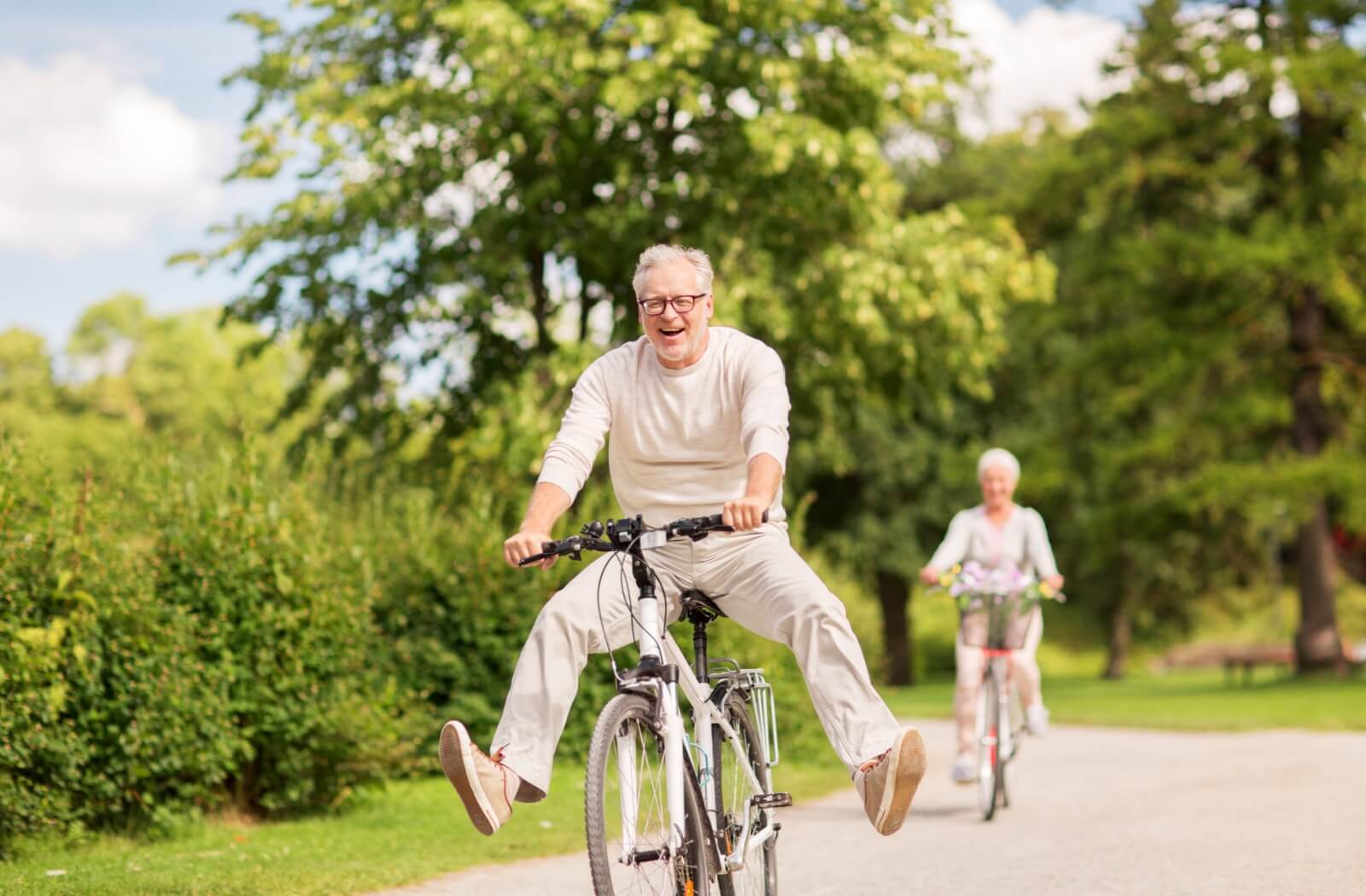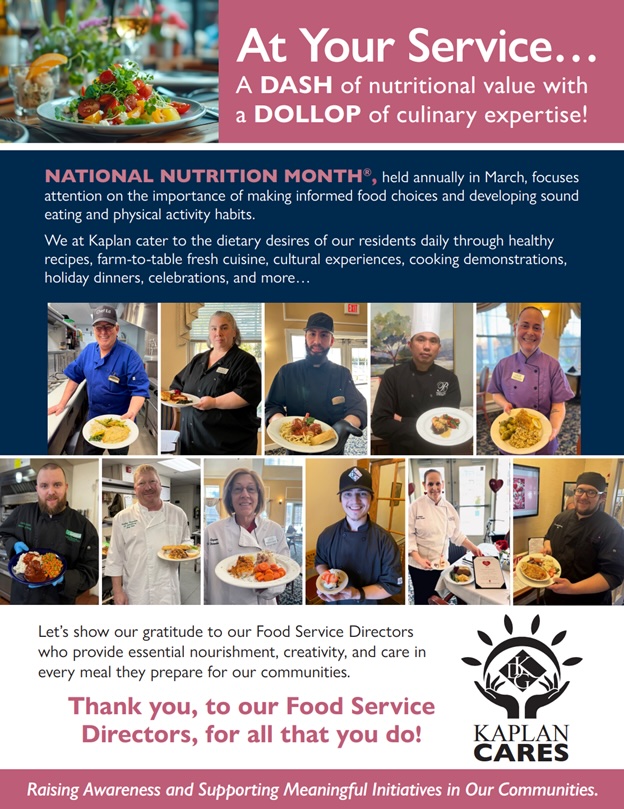Aging comes with its own set of challenges, but what if staying active and connected could help older adults lead more fulfilling lives? That’s the essence of the Activity Theory of Aging, which proposes that older adults who continue to foster social connections and remain physically and mentally active as they age experience greater overall well-being and satisfaction with life.
As our senior population grows, understanding and applying this theory is vital—especially in assisted living communities where engagement and purpose are woven into everyday life.
Understanding the Activity Theory of Aging
First introduced in the 1960s by social scientists Robert J. Havighurst and Ruth Albrecht, the Activity Theory of Aging emphasizes the importance of staying socially and mentally engaged for overall well-being. Unlike earlier theories that associated aging with withdrawal, this theory redefines aging as an opportunity to find new sources of fulfillment.
The idea behind the theory is simple: As people age and naturally experience transitions such as retirement or physical limitations, they benefit greatly from replacing lost roles with meaningful activities. These could include hobbies, social events, or new routines that maintain a sense of purpose.
The theory highlights two key components:
- Social engagement: Staying connected with others helps seniors avoid isolation and nurtures a sense of belonging.
- Active living: Continued mental and physical activity supports cognitive health, reduces the risk of chronic illness, and boosts independence.
Remaining active in both mind and body can lead to greater happiness, empowerment, and well-being in later life.
Incorporating the Activity Theory of Aging in Daily Life
The principles of this theory can be applied with simple, everyday actions. Here are several ways older adults can remain engaged, purposeful, and connected:
Join Community Groups or Clubs
Whether it’s a book club, crafting circle, or a weekly game night, joining a group that aligns with your interests helps foster new friendships and a sense of routine. Shared activities also spark meaningful conversations and build community. Group involvement also provides structure to the day, helping create a sense of rhythm and anticipation for social interaction.
Volunteer for a Cause You Care About
Helping others is one of the most powerful ways to feel purposeful. Older adults can find fulfillment by mentoring, organizing donation drives, or assisting local nonprofits.
Programs like AmeriCorps Seniors offer flexible volunteer opportunities specifically designed for retirees and older adults. Even within your own neighborhood or community center, there are always ways to contribute in meaningful ways.
Explore Lifelong Learning Opportunities
Ongoing education keeps the brain stimulated and curiosity alive. From art classes to technology tutorials, there’s always something new to discover. Learning fosters a growth mindset, keeping seniors mentally engaged and emotionally resilient.
Online platforms and community colleges often offer courses tailored specifically for older learners. These learning opportunities can be especially impactful for seniors looking to revisit hobbies or explore subjects they’ve always been interested in but never had the time for.
Stay Physically Active
Exercise supports both mental and physical health. Activities like walking, tai chi, swimming, and stretching improve strength and flexibility while also reducing stress. Movement helps increase endorphins, which in turn supports a more positive mood and improved sleep quality.
Many fitness programs designed for seniors include a social component, such as group classes or walking clubs. These not only promote physical wellness but strengthen interpersonal bonds as well.
Foster Close Relationships
Maintaining strong bonds with family, friends, and peers is essential for emotional resilience. Whether through regular visits, calls, or shared meals, these connections provide support and joy. Connection to others helps seniors feel valued, heard, and emotionally fulfilled.
Consider setting aside time each week to connect with loved ones, either in person or virtually. Even small, consistent moments of connection can have a lasting impact on emotional health.

Embracing the Activity Theory of Aging in Assisted Living
In assisted living communities, the principles of the Activity Theory of Aging are embedded into daily life. From personalized activity schedules to warm, welcoming communal spaces, everything is designed to promote connection, movement, and meaning.
Ample Social Interaction
Senior living communities provide numerous opportunities for residents to socialize, including shared meals, themed events, game nights, and hobby groups. This built-in network helps combat loneliness and encourages consistent engagement. Every interaction supports a resident’s emotional and psychological wellness by helping them feel part of a community.
Structured Enrichment Activities
Residents can participate in daily programs that include everything from art classes and gardening to book discussions and music appreciation. These thoughtfully designed activities challenge the mind, spark creativity, and build a sense of accomplishment. Residents are encouraged to try new things and revisit familiar passions in a supportive, low-pressure environment.
Senior-Focused Fitness Programs
Many senior living communities offer wellness programs that cater to different levels of mobility, including chair yoga, stretching classes, and guided walks. These options promote strength, flexibility, and physical confidence, all in a safe, supervised environment. Regular movement also supports balance and reduces fall risk, helping seniors maintain independence longer.
Lifelong Learning Opportunities
Collaborating with local organizations, libraries, and educational providers, modern senior living communities often offer stimulating courses and guest lectures to residents. Whether learning a new skill or revisiting a past interest, residents have ongoing opportunities to stay mentally sharp. Intellectual stimulation has been shown to delay cognitive decline and promote sustained mental acuity.
Meaningful Volunteer Opportunities
Some senior living communities support residents who wish to give back. Whether organizing charity drives or mentoring younger generations, these communities provide outlets for residents to feel purpose-driven and valued.
Making Aging Active, Joyful & Purposeful
The Activity Theory of Aging reminds us that growing older doesn’t mean stepping back—it means leaning into new opportunities to connect, grow, and find joy. Through social engagement, lifelong learning, and active living, seniors can lead lives that are both meaningful and fulfilling.
At All American Assisted Living at Coram, we empower our residents to stay involved, inspired, and independent while offering compassionate support every step of the way. Our programs are rooted in the belief that aging should be filled with purpose, creativity, and connection.
Schedule a tour today to learn how we help seniors thrive through active aging.



